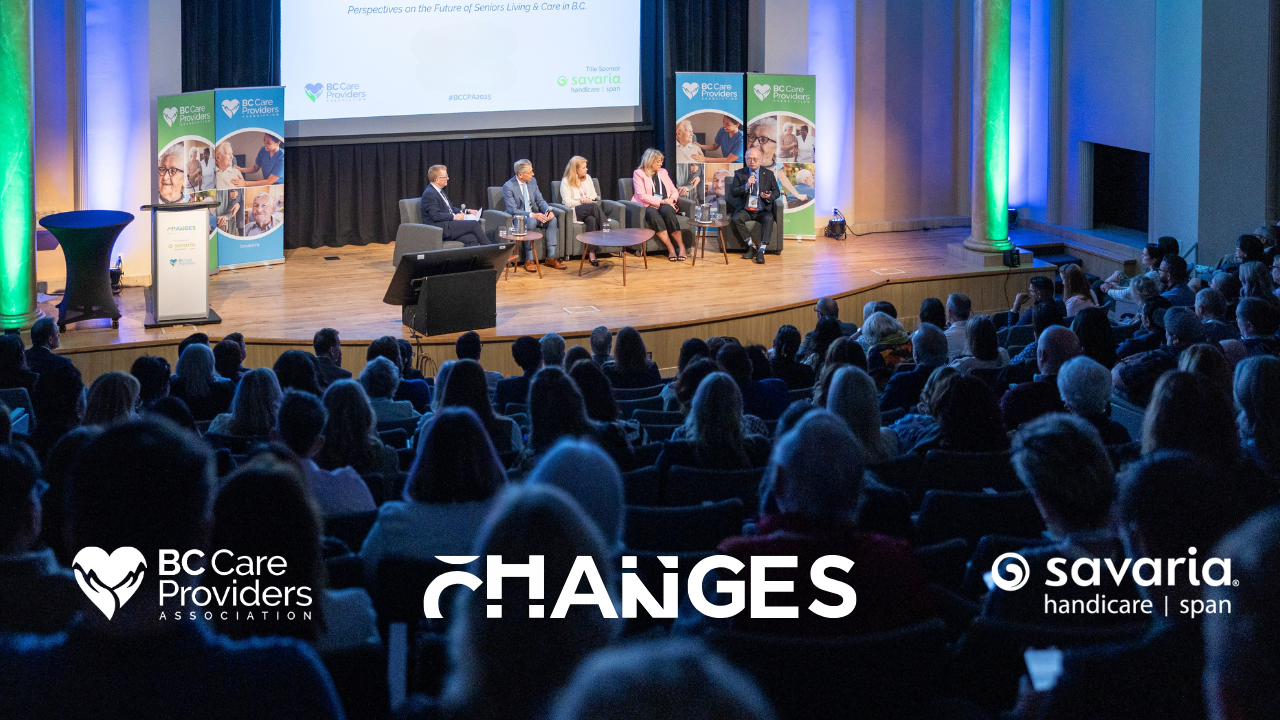 Over the last several months, the Emerging Issues and Policy Committee (EIPC) has been dealing with an issue related to the provision of services by a third party contractor in an assisted living setting.
Over the last several months, the Emerging Issues and Policy Committee (EIPC) has been dealing with an issue related to the provision of services by a third party contractor in an assisted living setting.
Currently, if a senior is living in an assisted living unit but is also eligible for publically subsidized home support services, they cannot always access these services through the onsite provider. This is due to the fact the senior can only receive these services from a Health Authority approved offsite provider. It should be noted that the issue can be resolved if the service provider has sub-contracted the provision of those services to the onsite assisted living provider.
For example, in some cases two seniors living next door to each other in the same building must receive their home support services from two different providers (see Figure 1). The senior residing in one suite receives their care from on-site staff that they are familiar with, see on a regular daily basis, and who works as part of an integrated team. The senior in an adjacent suite receives publically subsidized home support must receive their care from staff employed by an outside agency, even if their preference would be to have the flexibility of receiving the service from onsite staff, similar to their neighbour.
Within a campus of care setting in which assisted living is also provided, the BCCPA has determined that the potential exists for greater cost efficiencies. As such, the BCCPA has undertaken a review of the practice of contracting with assisted living site operators for funded home support. This review has focused on cases where assisted living sites provide home support for funded clients, but the Health Authority (HA) brings in a third party agency to provide services to private pay clients within the same building. In some cases this practice is not cost-efficient, goes counter to the commitment of a person-centred approach to care, and does not permit flexibility for the care provider or senior.
In 2015, there were 7600 registered assisted living units in BC: 4,441 publically subsidized units, and 3,159 private pay units. In 2009/10, the regional health authorities spent a total of approximately $339 million providing subsidized home support services throughout the province. It typically costs the health authorities $30 to $40 to provide each hour of subsidized home support.
A number of assisted living sites in BC are in the position to provide an enhanced suite of home care services to their residents as they have a full complement of highly qualified clinicians and allied health providers working as part of the integrated site based team. Given the fact that these staff already provide these services to their funded residents within the same site it would be seamless and beneficial to extend their services to private-pay clients within the same building, particularly if that is the preference of the client.
An example of a Canadian province that has effectively promoted assisted living within their care sector is Alberta, which has moved to a model that involves the provision of home support services by site operators and, as a result, has been able to achieve cost savings by housing clients for longer periods.
In summary, the BCCPA Board has advised the Ministry of Health that is has taken the position that in an assisted living setting whereby the home support provider has not already sub-contracted their service obligations to an onsite care provider:
- Where feasible, the client should have flexibility as to whether their home support services are provided by contracted home support service providers or directly by the home in which they reside.





